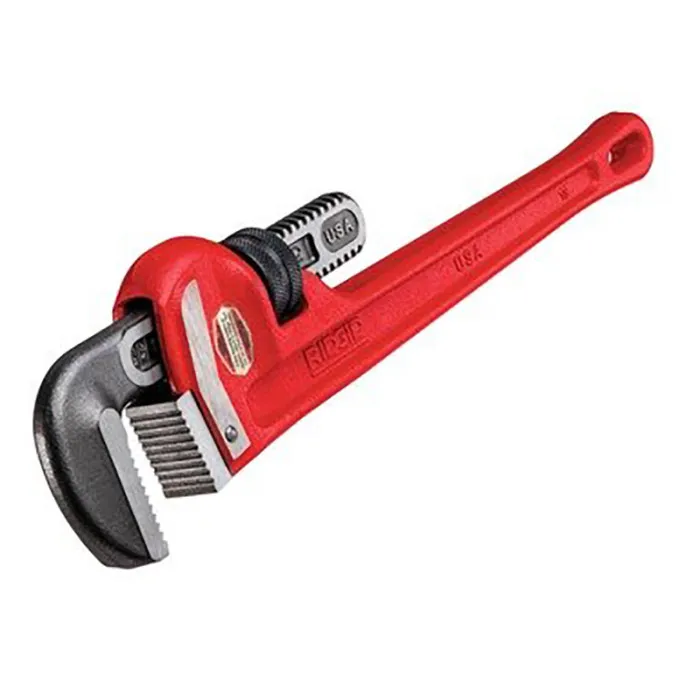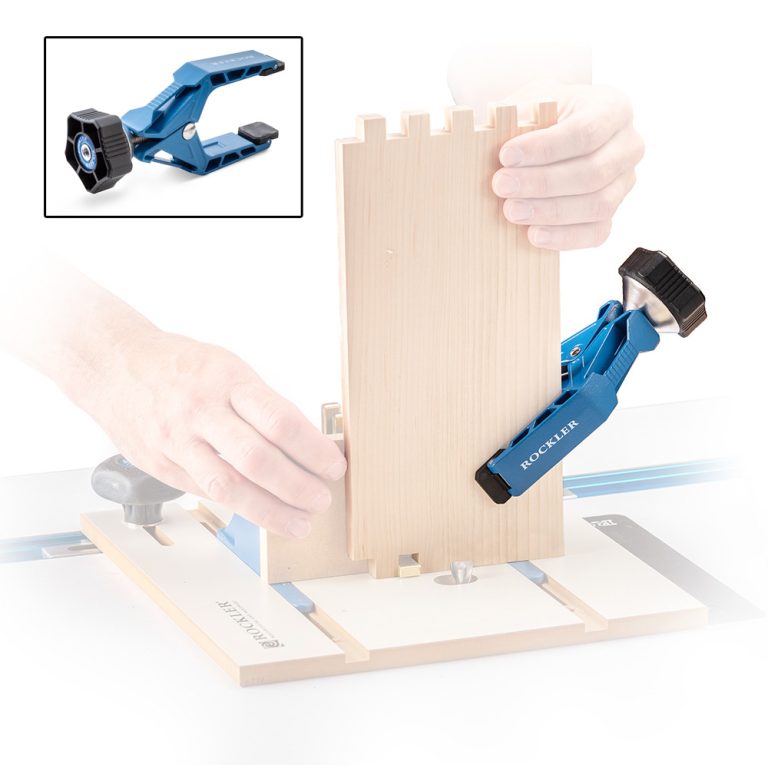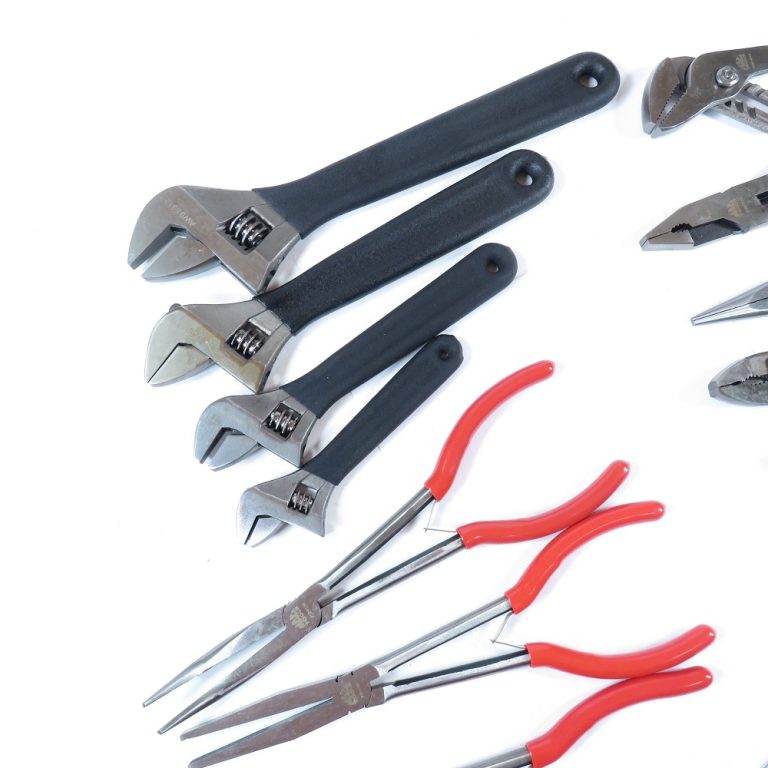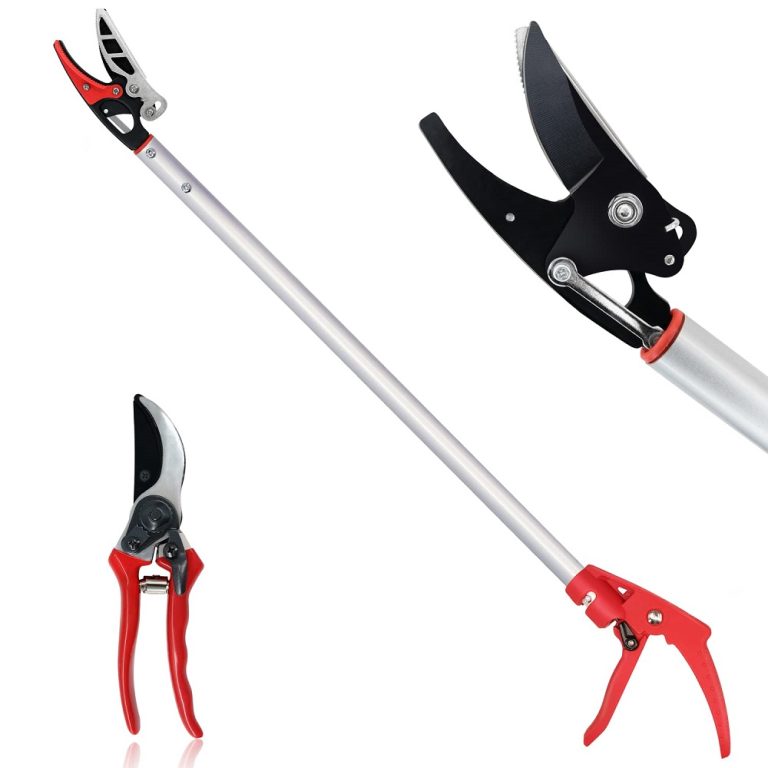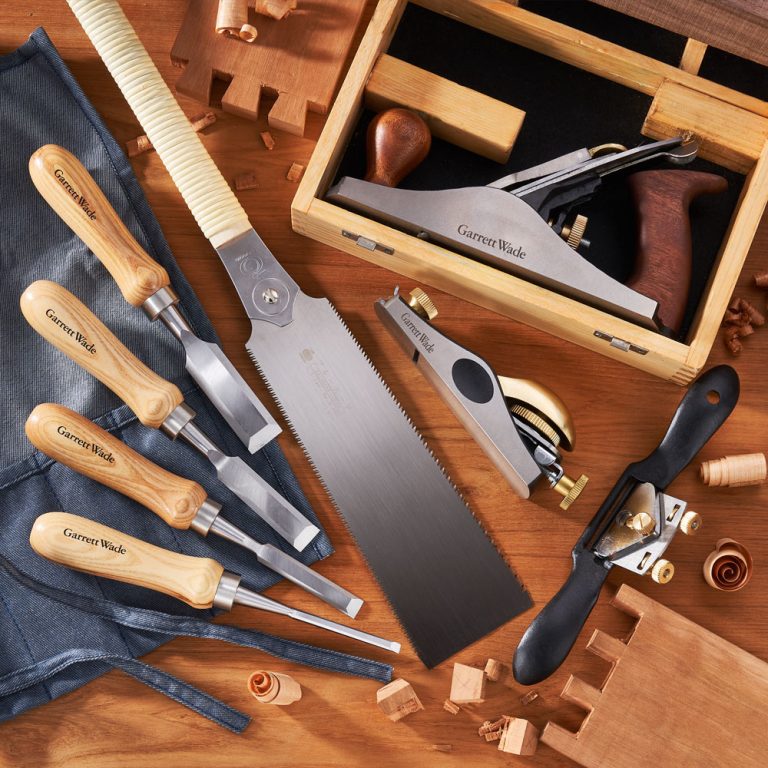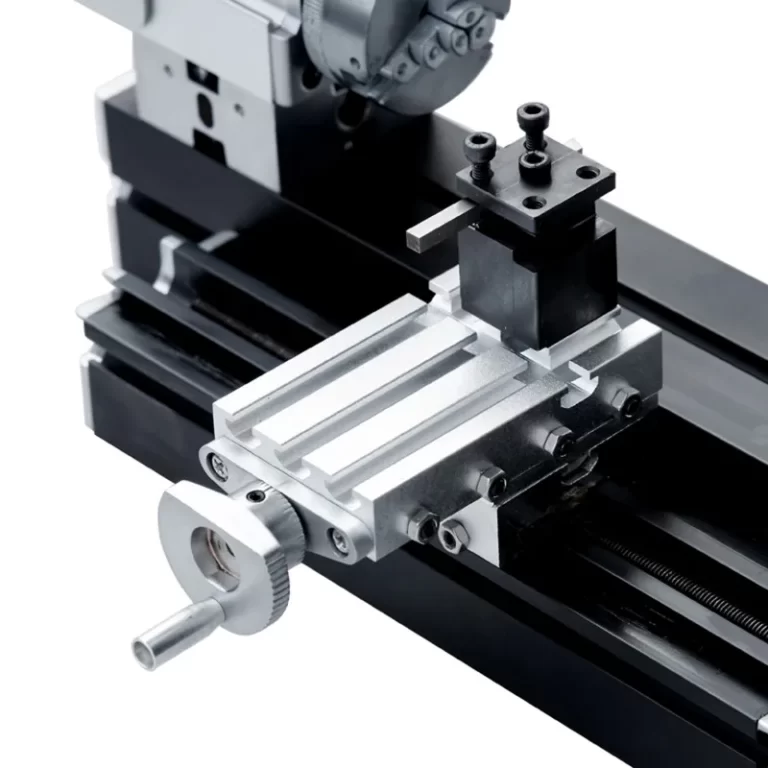Origins of the Wrench
From its modest beginnings to its current prominence, the wrench has a rich narrative. Historically, this tool’s rise aligns closely with human advancement, particularly in engineering and mechanical fields.The wrench, a fundamental tool in mechanics, serves various purposes today. It plays a crucial role in construction, automotive repair, and plumbing. When was the wrench invented? Understanding when the wrench was invented provides insight into its evolution and significance in modern society.
The Early Tools and Their Functions
Prior to modern times, basic instruments resembling wrenches fulfilled the needs of early civilizations. Craftsmen would leverage rudimentary tools to tighten bolts or screws, integral to machinery and construction. Levers and wheels integrated into the design of these machines often sufficed for the necessary torque.
These formative tools laid the groundwork for the wrench. It was the incremental advancements in technology that led to a definitive tool for fastening nuts and bolts, a response to the miniaturization and refinement of hardware.
Solymon Merrick’s 1835 Patent
A pivotal moment in wrench history occurred in 1835. Solymon Merrick, an innovator, patented the first wrench in the United States. His design allowed for adjustable size, a quantum leap in tool versatility.
Merrick’s patented wrench was ingenious, able to grip different-sized bolts with a simple adjustment. It gave rise to a lineage of wrenches, each iteration refining the ability to work seamlessly with bolts and nuts of various sizes.
This patent marks not merely a technological stride but an evolutionary leap, setting a precedent for the hundreds of wrench varieties that would follow. It secured the wrench’s place as an indispensable tool in mechanical work.

The Industrial Revolution and Wrench Innovation
The Industrial Revolution propelled wrench innovation. When was the wrench invented?This period brought new manufacturing techniques and design improvements.
Advancements in Manufacturing Techniques
Innovations in forging and casting during the Industrial Revolution advanced wrench production. These techniques produced stronger, more consistent tools. This made wrenches more accessible and reliable for various industries.
Introduction of Standardized Sizing
Standardized sizing emerged as a key breakthrough. It allowed for interchangeable use of wrenches on many nuts and bolts. This standardization began in 1825 and was refined in the ensuing decades. It made tool replacement easier and more convenient for users.
The Spread of the Wrench’s Popularity
The wrench soon became an essential tool across the globe. Its popularity skyrocketed with the standardization of sizes. It became a staple in industries like automotive manufacturing and construction. This drove further innovation in wrench design and utility.
Ancient Tools and Their Evolution
Before the wrench as we know it today existed, various ancient tools were utilized for similar purposes. Ancient Egyptians, for example, used rudimentary designs for fastening. Similarly, the Greeks developed early pliers, which were essential for gripping and turning objects. When was the wrench invented?These ancient innovations laid the groundwork for future tools.
Transitioning from these early inventions, the use of tools continued to evolve throughout history. The Middle Ages saw a rise in specialized tools for various trades. Craftspeople began creating tools tailored to their specific needs. This specialization marked a turning point in tool development.
The industrial revolution further accelerated this trend. As factories emerged, the demand for efficient tools increased significantly. Craftspeople and inventors experimented with different designs, leading to more advanced tools being produced. This shift was crucial for the development of the wrench, which would become essential in the mechanical field.

The First Documented Wrench
The modern wrench traces its origins back to the 19th century. Notably, the first documented wrench was patented by an American inventor named Daniel Stillson. In 1869, Stillson patented a “pipe wrench” designed specifically for gripping cylindrical objects. His design incorporated a unique mechanism that allowed for adjustable gripping.
Stillson’s invention revolutionized how mechanics approached tasks involving pipes. The versatility of his wrench made it particularly valuable in plumbing. Before this invention, laborers relied on less efficient tools, often struggling to maintain grip and leverage. The Stillson wrench became an industry standard.
As this tool gained popularity, manufacturers began producing various designs. Transitioning from Stillson’s initial concept, the tool was modified to meet diverse needs. Several inventors improved the design, creating different types for specific applications. These innovations further solidified the wrench’s place in the toolbox of mechanics and craftsmen.
The Impact of the Adjustable Wrench
In the late 19th century, another significant development occurred: the adjustable wrench. This tool allowed users to modify the jaw size to fit various fasteners. The design enabled greater versatility, making it a favorite among tradespeople. Transitioning from fixed wrenches, mechanics could now tackle multiple tasks with a single tool.
The adjustable wrench became synonymous with efficiency. As its popularity spread, manufacturers sought to improve its design further. This led to the introduction of various models, each with unique features. Some included better grip surfaces and enhanced durability. These improvements made the adjustable wrench an essential part of any toolkit.
Moreover, the adjustable wrench facilitated the rise of DIY culture in the 20th century. More homeowners took on repair projects, finding this tool invaluable.When was the wrench invented? Its adaptability allowed individuals to address various household needs without professional assistance. Transitioning to DIY solutions changed how many people approached home maintenance.

Wrench Variations and Specialization
As the wrench became more widely used, variations emerged to cater to specific tasks. For instance, the socket wrench offered a new approach for accessing nuts and bolts. This design allowed for greater torque and control, enhancing efficiency. Socket wrenches quickly became standard in automotive repair and assembly lines.
Another specialized variation is the torque wrench. This tool is essential for applications requiring precise measurements of torque. Its accuracy ensures that fasteners are tightened to the correct specifications. Transitioning from general-use wrenches, torque wrenches are crucial in automotive and aerospace industries.
Over the years, several other types of wrenches have been developed. These include combination wrenches, open-end wrenches, and crowfoot wrenches. Each tool serves a unique purpose, addressing specific mechanical challenges. Mechanics must familiarize themselves with various models to ensure they select the right tool for each job.
The Role of Wrenches in Modern Workshops
Today, wrenches have an indispensable role in modern workshops. No longer limited to just construction, they are vital in automotive, aerospace, and manufacturing industries. The variety of wrench types available ensures that mechanics can accomplish a range of tasks efficiently.
In addition, advancements in materials have improved tool durability and performance. Manufacturers now use high-strength alloys and innovative coatings. This transition enhances resistance to wear and corrosion, extending the lifespan of wrenches. Mechanics can rely on modern tools for consistent performance under rigorous conditions.
Another key aspect of modern wrenches is ergonomic design. Manufacturers actively consider the user experience when designing tools. Comfortable grips and lightweight structures reduce strain on the hands and wrists. This evolution promotes safety and efficiency in workplaces.
The Global Market for Wrenches
The global market for wrenches reflects their ongoing importance. Businesses in various sectors continually seek high-quality, reliable tools for their operations. The increasing demand for efficient automotive and machinery repairs drives growth in this market. Furthermore, as technology advances, new characteristics are integrated into wrench designs.
Transitioning towards sustainability, many manufacturers are focusing on environmentally friendly practices. They prioritize recyclable materials and low-impact production methods. This sustainable approach meets the growing consumer demand for eco-conscious products. As such, the wrench market is evolving to align with contemporary values.
Moreover, the rise of e-commerce has transformed how consumers purchase tools. Online platforms offer an extensive selection of wrenches, making them easily accessible. This transition allows consumers to compare prices, read reviews, and find the best options available. Consequently, wrench sales continue to rise globally.

The Future of Wrenches
Looking ahead, the future of wrenches is promising. Innovations in technology are paving the way for smarter tools. Features like built-in torque measurement and electronic communication will become commonplace. These advancements will enhance precision and ease of use in various applications.
Additionally, the integration of artificial intelligence could revolutionize tool performance. Smart wrenches could analyze user techniques, providing real-time feedback. This transition would enhance accuracy and efficiency in mechanical tasks. Furthermore, as industries evolve, so will the demands for specialized wrench types.
Training and education will also play a role in the future of wrenches. As technology transforms the workforce, new generations of mechanics must adapt. Embracing innovations and understanding advanced tools will be vital for success. Developing skills that align with emerging trends will enhance job prospects.
Conclusion: A Tool with a Rich History
The wrench has a rich history that continues to shape its evolution. From ancient tools to modern innovations, its development reflects societal changes. The invention of the wrench transformed mechanics, paving the way for diverse applications. Understanding its journey sheds light on its enduring relevance.
Today, wrenches remain essential in various industries. The demand for improvements will undoubtedly spur further innovations. As a result, the wrench will continue to be a fundamental tool for generations to come. With its fascinating history and promising future, the wrench will always hold a significant place in the world of tools.
